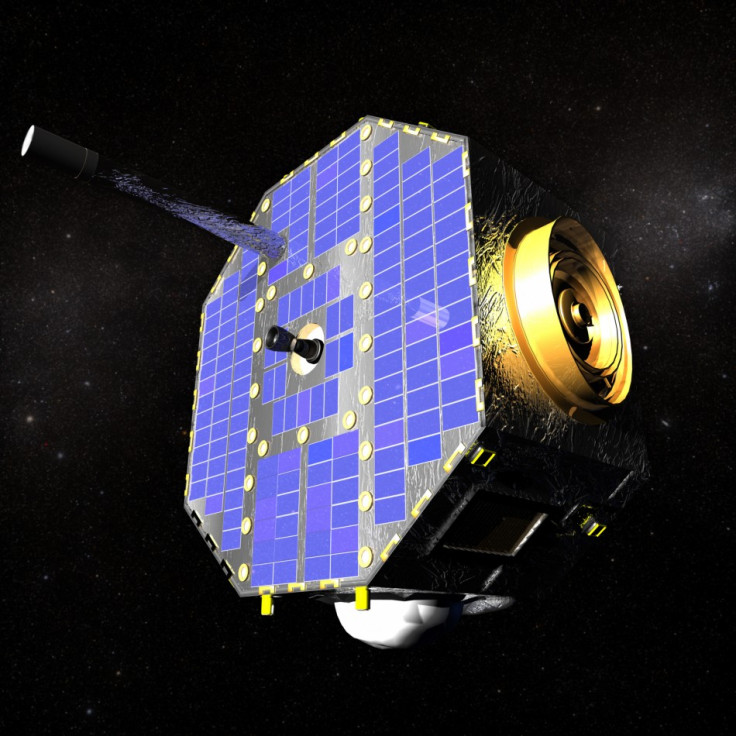Nasa Has Clues to Formation of Universe [VIDEO]

Nasa scientists have obtained some clues about the formation of the universe using the space agency's Interstellar Boundary Explorer (IBEX).
Scientists have discovered four mysterious atoms like hydrogen, oxygen, neon and helium outside the solar system. The atoms, which are byproducts of dead stars, hold clues about the creation of the universe because when the big bang initially occurred it created hydrogen and helium. Only the supernovae explosions at the end of a star's life can spread the heavier elements of oxygen and neon through the galaxy. As a result it gives them clues as to how the universe was formed.
Scientists have found that the atoms of dead stars have charged and neutral particles that blow throughout the galaxy, it is also known as interstellar winds. The interstellar winds contain 74 oxygen atoms for every 20 neon atoms in the interstellar wind. In our own solar system, there are 111 oxygen atoms for every 20 neon atoms.
Interstellar winds are the flow of gas and dust that spread through interstellar space which is also known as interstellar medium (or ISM). This gas exists between the star systems within a galaxy.
Scientists now want to know more about the boundary region that separates local interstellar medium from our heliosphere. The heliosphere acts as a protective bubble that shields the solar system from most of the dangerous galactic cosmic radiation that otherwise would enter the solar system from interstellar space.
IBEX is a spacecraft that measures these samples that exist outside the solar system. It scans the entire sky once a year, and every February, its instruments point in the correct direction to intercept incoming neutral atoms. IBEX counted those atoms in 2009 and 2010 and has now captured the best and most complete glimpse of the material that lies so far outside our own system.
"Measuring the pressure on our heliosphere from the material in the galaxy and from the magnetic fields out there will help determine the size and shape of our solar system as it travels through the galaxy," said Eric Christian, IBEX mission scientist at NASA's Goddard Space Flight Center.
"Our solar system is different than the space right outside it, suggesting two possibilities," says David McComas, IBEX principal investigator at the Southwest Research Institute in San Antonio. "Either the solar system evolved in a separate, more oxygen-rich part of the galaxy than where we currently reside, or a great deal of critical, life-giving oxygen lies trapped in interstellar dust grains or ices, unable to move freely throughout space."
"IBEX is a small Explorer mission and was built with a modest investment," said Barbara Giles, director of the Heliophysics Division at NASA Headquarters in Washington. "The science achievements though have been truly remarkable and are a testament to what can be accomplished when we give our nation's scientists the freedom to innovate."
Watch the video
© Copyright IBTimes 2024. All rights reserved.





